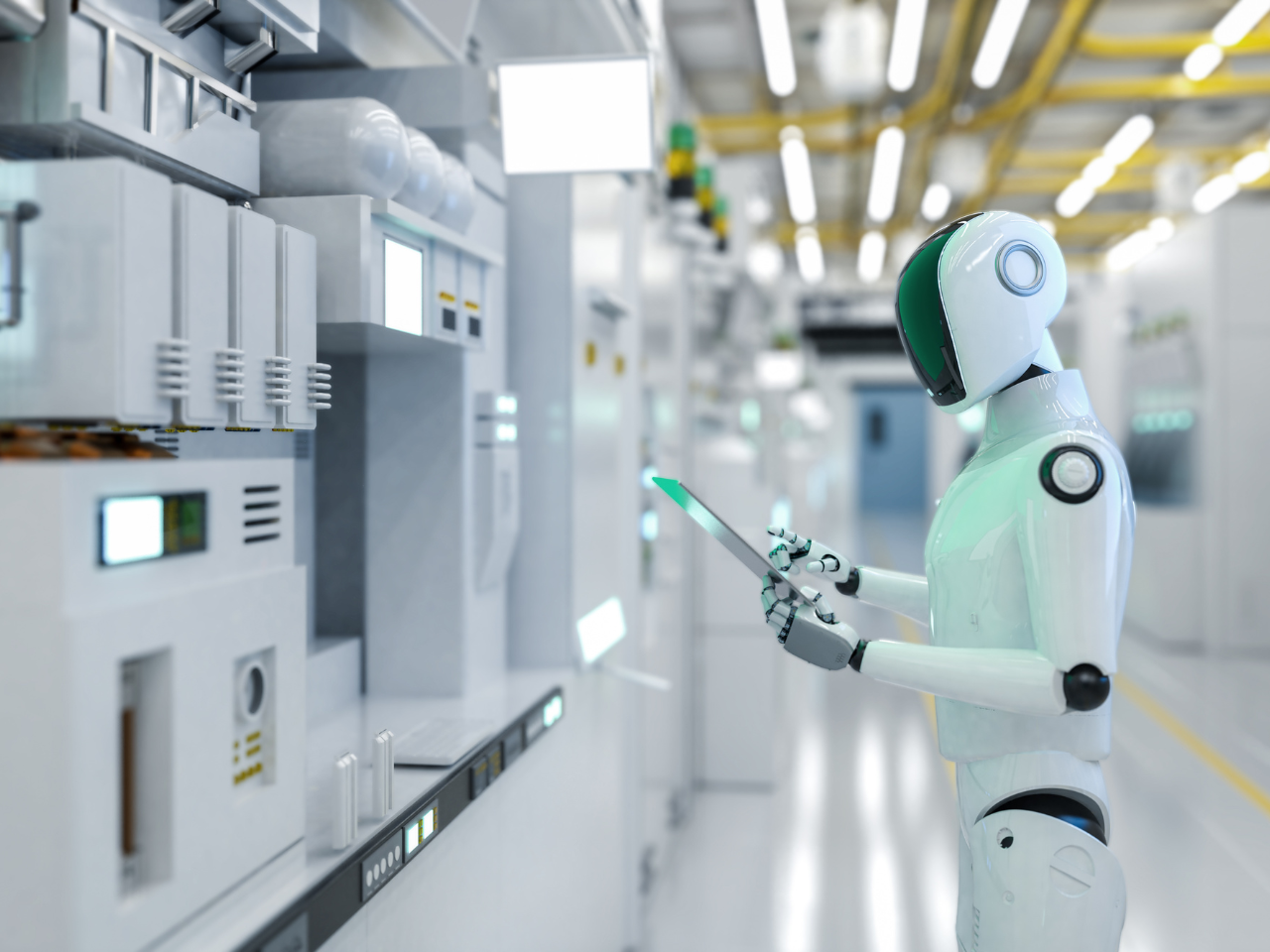
Humanoids, or humanoid robots, are designed to resemble and mimic human form and behaviour. Equipped with arms, legs, facial expressions, and voice capabilities, these robots represent one of the most ambitious frontiers in robotics blending mechanical engineering with artificial intelligence, human-computer interaction, and social science.
Humanoid robots are increasingly finding practical use cases in industries ranging from hospitality and healthcare to education, retail, and public service.
A humanoid robot typically features:
Some advanced humanoids are also capable of emotional expression, using facial motors to simulate joy, surprise, or concern—making them more relatable and engaging in customer-facing roles.
Humanoids are being trialled in hotels and airports as concierges, greeting guests, answering questions, or directing people to their destinations.
In aged care and rehabilitation, humanoids are being used to provide companionship, assist with reminders (e.g., medication), and engage residents in physical and mental activities.
Interactive humanoids are being introduced into classrooms to assist with STEM education, language learning, and autism therapy.
Retailers are using humanoids to guide customers, offer product info, or even process basic transactions adding novelty and efficiency to in-store experiences.
Despite growing interest, humanoid robots still face challenges:
These robots also require careful integration into workflows, particularly in sectors where human interaction is sensitive, such as education or healthcare.
While Australia has yet to adopt humanoids on a large scale, trials in libraries, tourism hubs, and healthcare facilities are paving the way for future applications. As technology matures and costs decrease, we can expect to see more modular, task-specific humanoids entering mainstream use especially in sectors facing workforce shortages or customer service gaps.
For businesses curious about deploying humanoids, a useful first step is to identify where a humanoid can enhance and not replace human interaction. These robots work best when they complement skilled staff by handling repetitive, entry-level, or socially engaging tasks.
